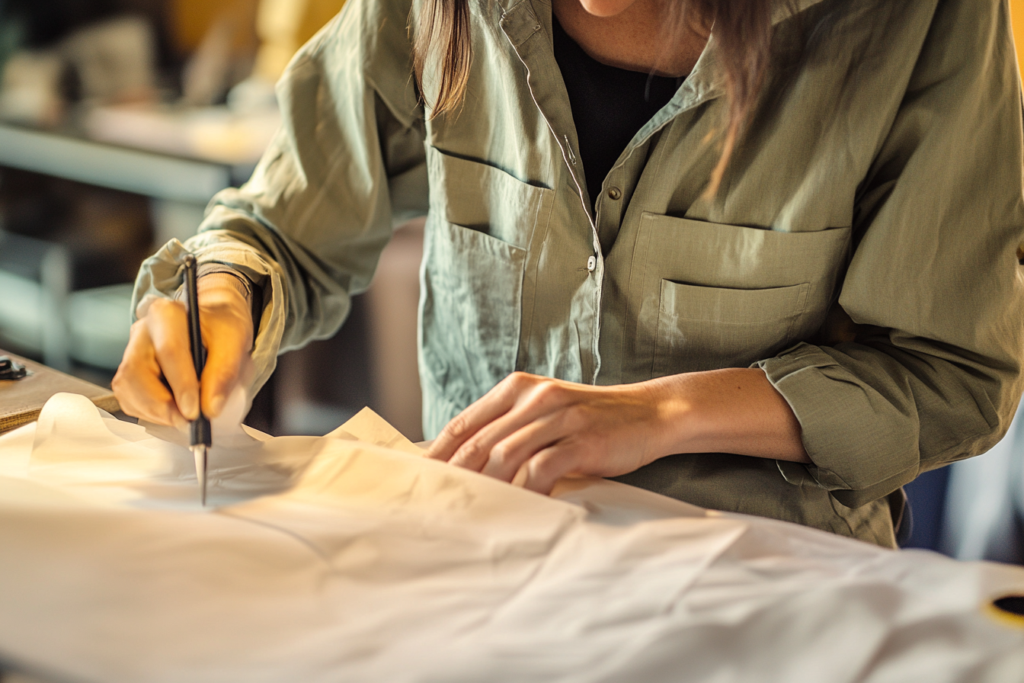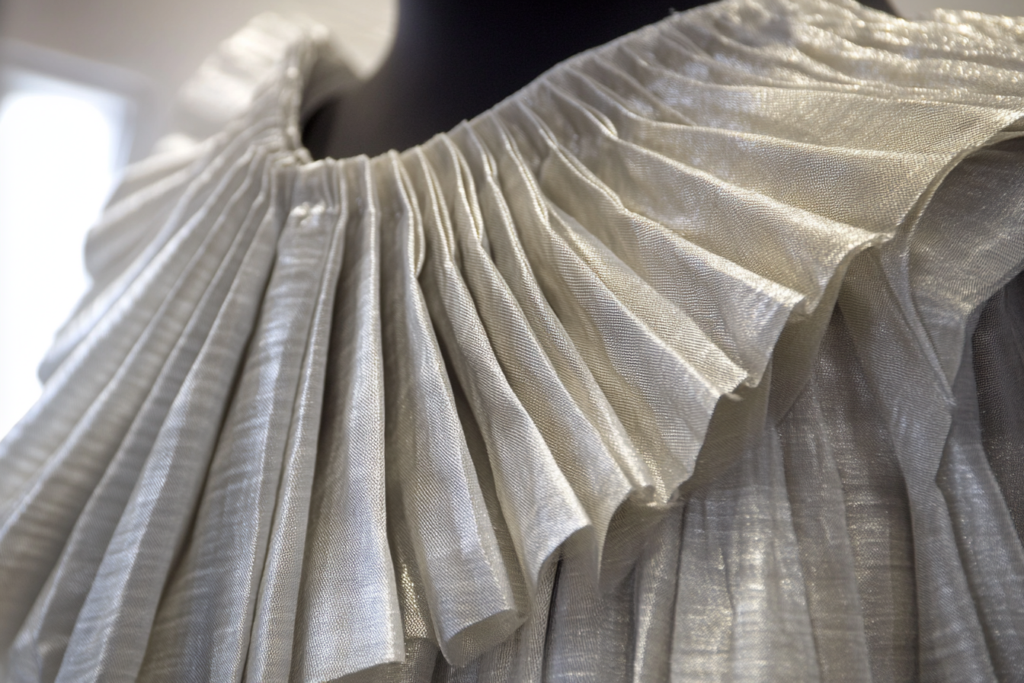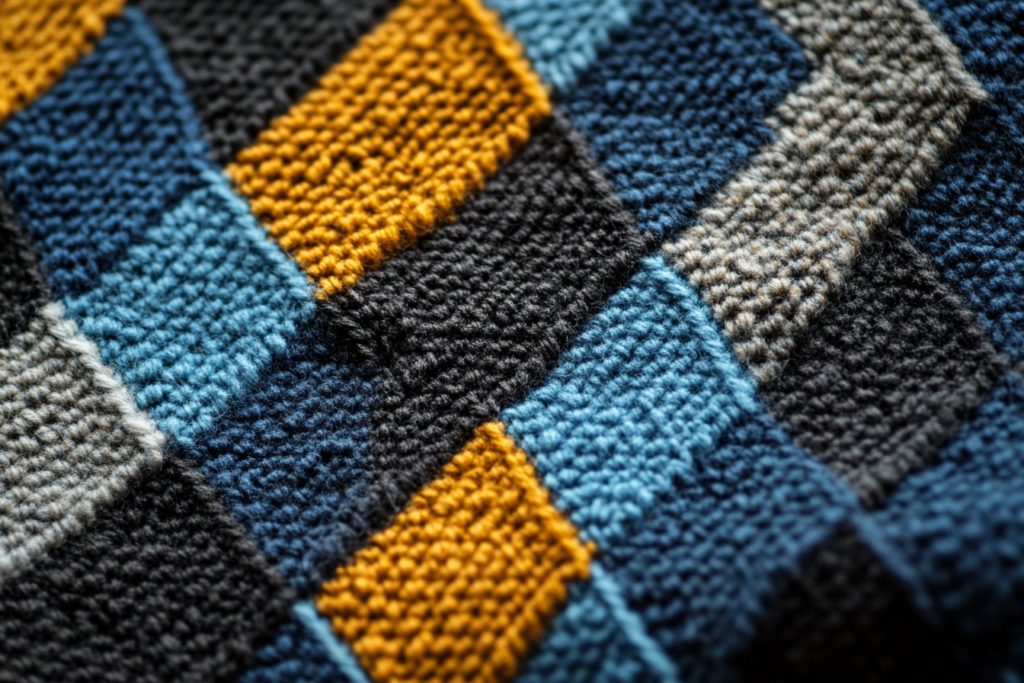Trueing: Ensuring a Smooth Connection Between Pattern Pieces
Meta Description: Trueing is the process of checking whether the clothing pattern pieces align smoothly when connected. Learn how trueing ensures a perfect fit and how it affects the final garment construction.
What is Trueing?
Trueing is the process of checking whether the pattern pieces of a garment fit together smoothly and align correctly at the edges and seams. It is a critical step in the pattern-making process, as it ensures the garment will come together correctly when sewn. Trueing involves carefully examining the pattern edges to make sure they connect without any discrepancies, resulting in a well-fitting garment with neat seams and accurate measurements.
Trueing is typically done after the initial pattern drafting stage, before the pattern is finalized and used for fabric cutting. By ensuring that all pieces align correctly, trueing helps prevent issues such as misaligned seams and uneven fit in the finished garment.


Why is Trueing Important?
Trueing is an essential part of pattern making for several reasons:
1. Ensures Accurate Fit
- Trueing ensures that the pattern pieces fit together perfectly when sewn, leading to a well-fitting garment. Any discrepancies in the pattern pieces, such as misaligned seams or edges, can result in a poor fit, which may not be immediately noticeable until the garment is constructed.
2. Prevents Sewing Issues
- If the pattern pieces are not true, the fabric will not line up correctly when sewing, leading to uneven seams, puckering, and other issues. Trueing helps avoid these problems by ensuring that the pattern pieces are compatible with each other.
3. Improves the Overall Design
- Trueing helps refine the overall look of the garment, ensuring that the design lines and shapes are smooth and uninterrupted. This makes the final garment neater and more polished, contributing to the overall aesthetic appeal of the piece.
4. Saves Time and Material
- If the pattern pieces are not true, alterations may need to be made during construction, which can be time-consuming and wasteful. By ensuring the pattern is correct from the start, trueing helps avoid costly mistakes and reduces the need for adjustments.
How to Perform Trueing
Performing trueing on a pattern involves checking the pattern pieces for alignment and making necessary adjustments. Here’s a step-by-step guide on how to do it:
Step 1: Lay Out the Pattern Pieces
- Start by laying the pattern pieces flat on a surface, ensuring they are all properly cut out with no ragged edges. Use a cutting mat or a large flat table to create a smooth work surface.
Step 2: Align the Seams and Edges
- Check the seams and edges of the pattern pieces. Begin with the shoulder seams, side seams, or any other seams where multiple pieces connect. Ensure the edges of the pattern align properly with each other. If necessary, trim the edges or adjust the measurements to make them fit seamlessly.
Step 3: Use a Ruler or French Curve
- If there are curved edges, use a French curve or a ruler to ensure the curves flow smoothly without any bumps or uneven areas. A straight edge or ruler can be used for straight seams to check that everything lines up properly.
Step 4: Check the Notches
- Notches are used to indicate where pattern pieces should be joined. Ensure that the notches on the pattern pieces align correctly with each other. Misaligned notches can cause confusion during the sewing process and lead to mismatched seams.
Step 5: Make Necessary Adjustments
- If any seams or edges do not align correctly, use pattern paper to add or remove small amounts of fabric along the edges to achieve a smooth connection. For instance, if a side seam appears too long, trim it down or add a small curve to ensure the piece fits properly.
Step 6: Recheck the Pattern
- Once you have made adjustments, lay out the pattern pieces again and check for any discrepancies. Ensure all the pieces are smooth and aligned, with the correct notches and measurements.
Common Issues Found During Trueing
While trueing is a relatively simple process, there are a few common issues that can arise:
1. Uneven Seams
- Uneven seams occur when two pattern pieces do not align properly, causing one side of the seam to be longer than the other. This can be fixed by trimming one piece or adjusting the fit.
2. Misaligned Notches
- If notches are not placed correctly or do not align with the pattern pieces, it can be difficult to match the pieces during sewing. Ensure that the notches are properly marked and positioned on both pieces.
3. Incorrect Curve Adjustments
- Sometimes, curves in the pattern may not flow smoothly, which can affect the fit of the garment. Use a French curve to smooth out any irregular curves and make sure the lines are balanced.
4. Overlapping Edges
- If the edges of the pattern pieces are overlapping or not aligning properly, it can create unnecessary folds or extra fabric. This can be corrected by trimming the edges and ensuring the pieces fit together without overlapping.
Trueing for Different Garments
📌 Dress Patterns
- For dresses, trueing ensures that the bodice and skirt sections align correctly. Adjust the seams around the waistline and neckline for a smoother fit.
📌 Jackets and Coats
- Trueing is especially important for outerwear such as jackets and coats, where precise fit is crucial. Check the armholes, shoulder seams, and side seams for alignment.
📌 Pants Patterns
- For pants, trueing involves aligning the inseams, outseams, and waistband sections. Ensure that the crotch and side seams are smooth and consistent.
📌 Shirts and Tops
- For shirts and tops, trueing focuses on aligning the shoulder seams, side seams, and armholes. Ensure that the neckline and sleeve openings are evenly distributed.
Conclusion: The Importance of Trueing in Pattern Making
Trueing is an essential step in the pattern-making process, ensuring that all pattern pieces fit together seamlessly when sewn. This step not only contributes to a perfectly fitting garment but also helps avoid construction issues such as misaligned seams and uneven fabric flow. By paying attention to the details of trueing, you can ensure that your garment comes together smoothly, both in terms of fit and design.



